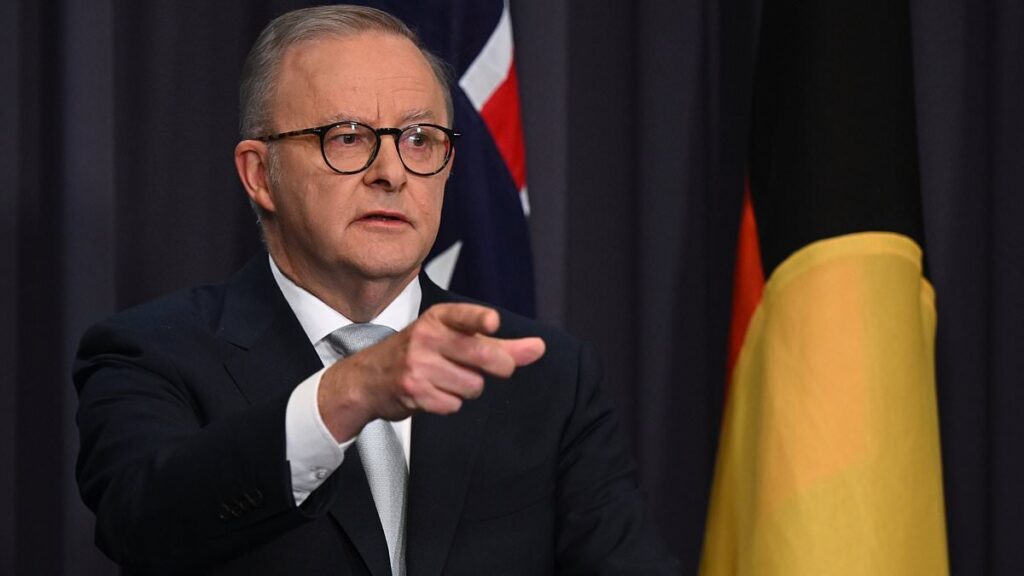
Australians will soon need to prove their age when logging on to the internet, under sweeping reforms from the Albanese government. The mandatory age checks follow the recent announcement of a social media ban for under-16s and have been described as an unprecedented shift in how Australians access online content.
Under new regulations passed last month, major tech companies like Google and Microsoft must verify the ages of logged-in users in a bid to restrict children’s access to harmful content such as pornography. From December 27, these companies will be legally required to implement age-assurance technology when users sign in—or face fines of up to $50 million per breach.
Understanding the New Age Verification System
To verify users’ ages, search engines could use methods such as credit card checks, photo ID, facial age estimation, digital ID, or parental vouching—though companies haven’t confirmed which systems they’ll adopt. Search results for users under 18 will be filtered for content relating to pornography, violence, eating disorders, and other harmful topics.
Professor Lisa Given, from RMIT’s School of Information Sciences, noted that the code introduces a range of new rules affecting all users—not just minors. For example, providers must ‘prevent autocomplete predictions that are sexually explicit or violent’ and prominently display crisis-prevention information, such as helplines, in the results for queries relating to topics such as self-harm, suicide, and eating disorders.
Privacy Concerns and Potential Loopholes
Professor Given expressed concerns about privacy implications and the effectiveness of these measures in protecting younger audiences.
‘I have not seen anything like this anywhere else in the world,’ Ms. Given said. ‘As people learn about the implications of this, we will likely see people stepping up and saying, wait a minute, why wasn’t I told that this was going to happen?’
She also mentioned that tech-savvy children might find ways to bypass the checks, such as using VPNs or logging in with an adult’s account.
The Broader Context of Online Safety
eSafety Commissioner Julie Inman Grant recently told the National Press Club that the rules are part of a broader push to create a ‘layered safety approach’, working alongside age restrictions on apps and devices.
‘These provisions will serve as a bulwark and operate in lock step with the new social media age limits,’ she said. ‘It’s critical to ensure the layered safety approach … including on the app stores and at the device level—the physical gateways to the internet where kids sign up and first declare their ages.’
Social media platforms and search engines could be the first of many sections of the internet that will require age checks. App stores, messaging services, pornography sites, and gambling companies head a long list of subjects preparing for rules to be put in place.
Implications for the Future
Professor Given expressed concerns that ‘Australia is going down this path of bringing in age assurance for any and all internet access’.
‘This is very much the new reality, and I think there are significant privacy concerns here,’ she said.
The move represents a significant shift in the digital landscape, raising questions about privacy, implementation, and the balance between safety and accessibility.
As the December 27 deadline approaches, Australians and tech companies alike are preparing for the changes. The implications of these regulations will likely be closely watched by other countries considering similar measures, setting a potential precedent for global internet governance.







